Aqueous zinc battery shows great promising in the field of large-scale energy storage due to its high safety and low cost. However, there are still some challenges in the design of aqueous zinc battery. In their cathodes, the active materials often suffer from sluggish kinetics and structural destruction during the charge/discharge process, hindering the rate capability and cycling lifetime.To overcome these issues, some creative strategies were developed to modify the structure of active materials, such as ion doping, nano-carbon composite, crystal structure regulation and molecular design. In addition, in zinc anodes, zinc dendrite and hydrogen evolution often take place, which also degrade the lifetime of aqueous zinc batteries. Therefore, highly stable interface between Zn anodes and electrolytes were designed by optimizing electrolytes and constructing artificial Interface layer on Zn anode surface. Based on above cathodes and anodes, high-capacity zinc pouch cells were assembled. Furthermore, to extend application scenarios, flexible and smart aqueous zinc batteries were designed.
1. Aqueous Zinc-Ion Batteries
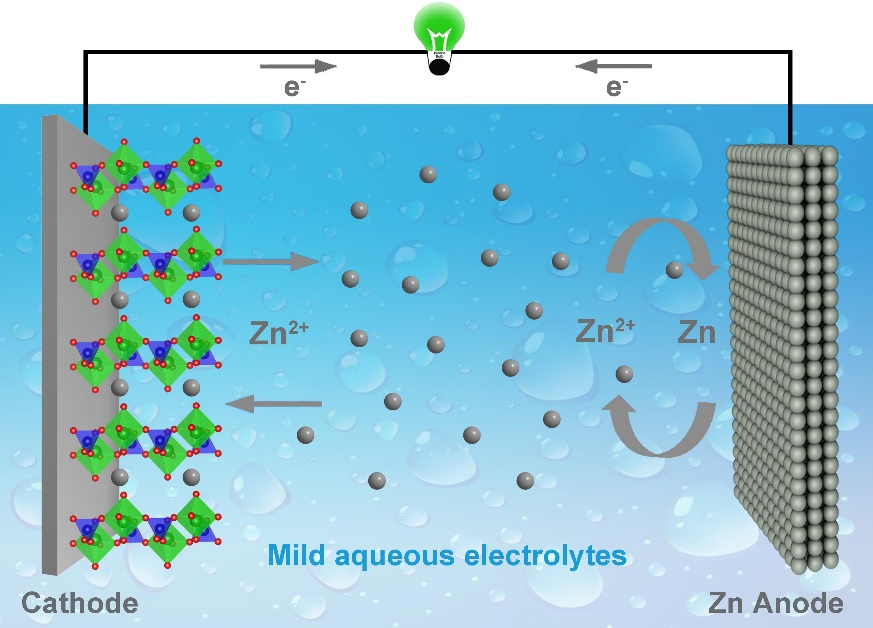
2. Flexible and Smart Energy Storage Devices

Flexible Zinc-based Batteries Self-Healing Zinc-Ion Batteries
3. Other Aqueous Energy Storage Systems
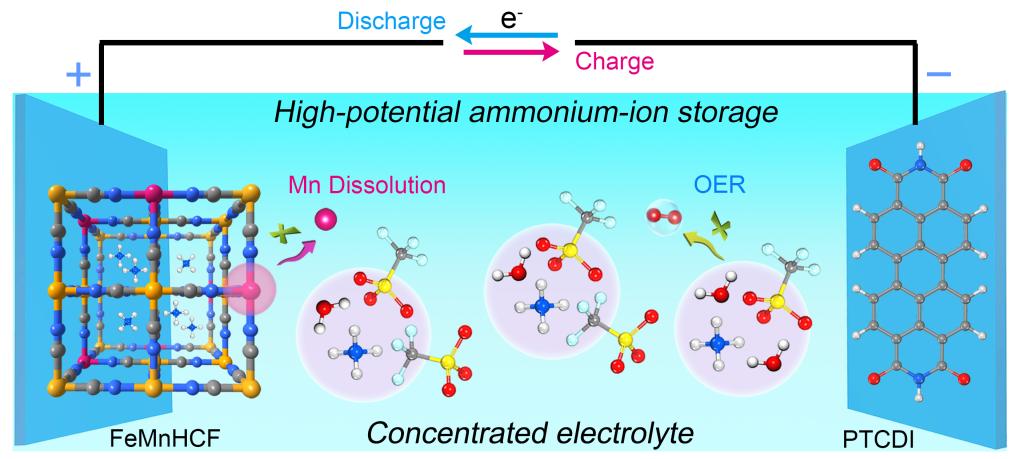
Aqueous Ammonium-Ion Batteries
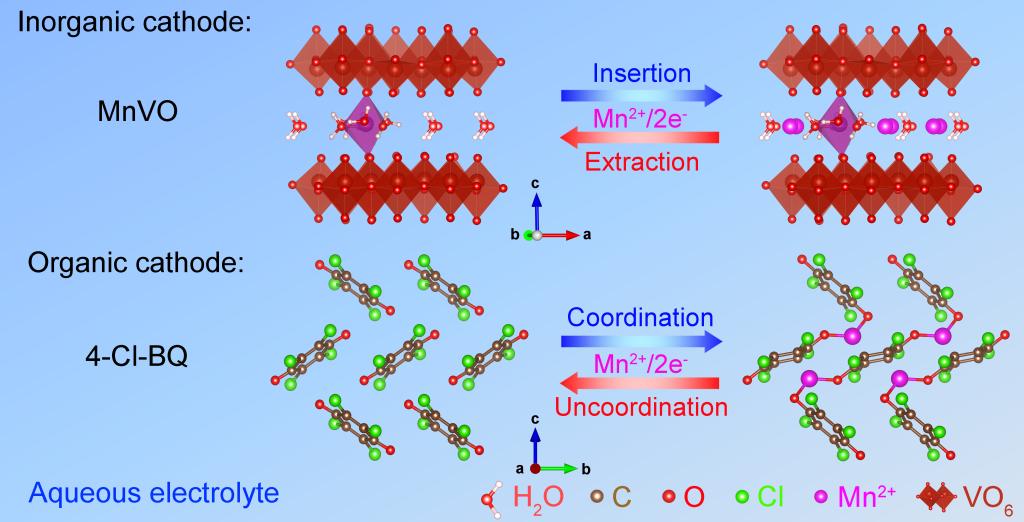
Aqueous Manganese-Ion Batteries
4. Programmable Nanocarbon-based Architectures
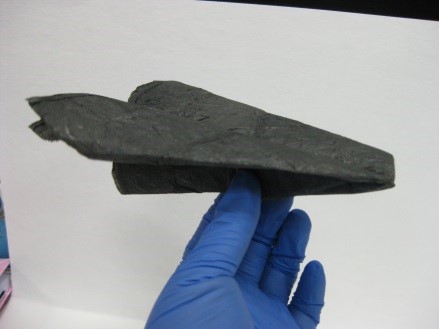
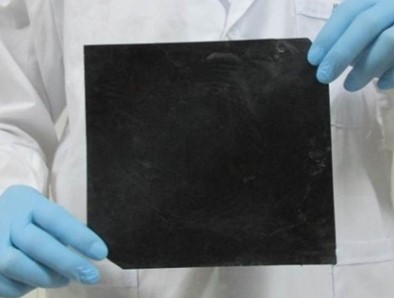
Flexible Composite Papers Large-Area Graphene-Based Composite Film
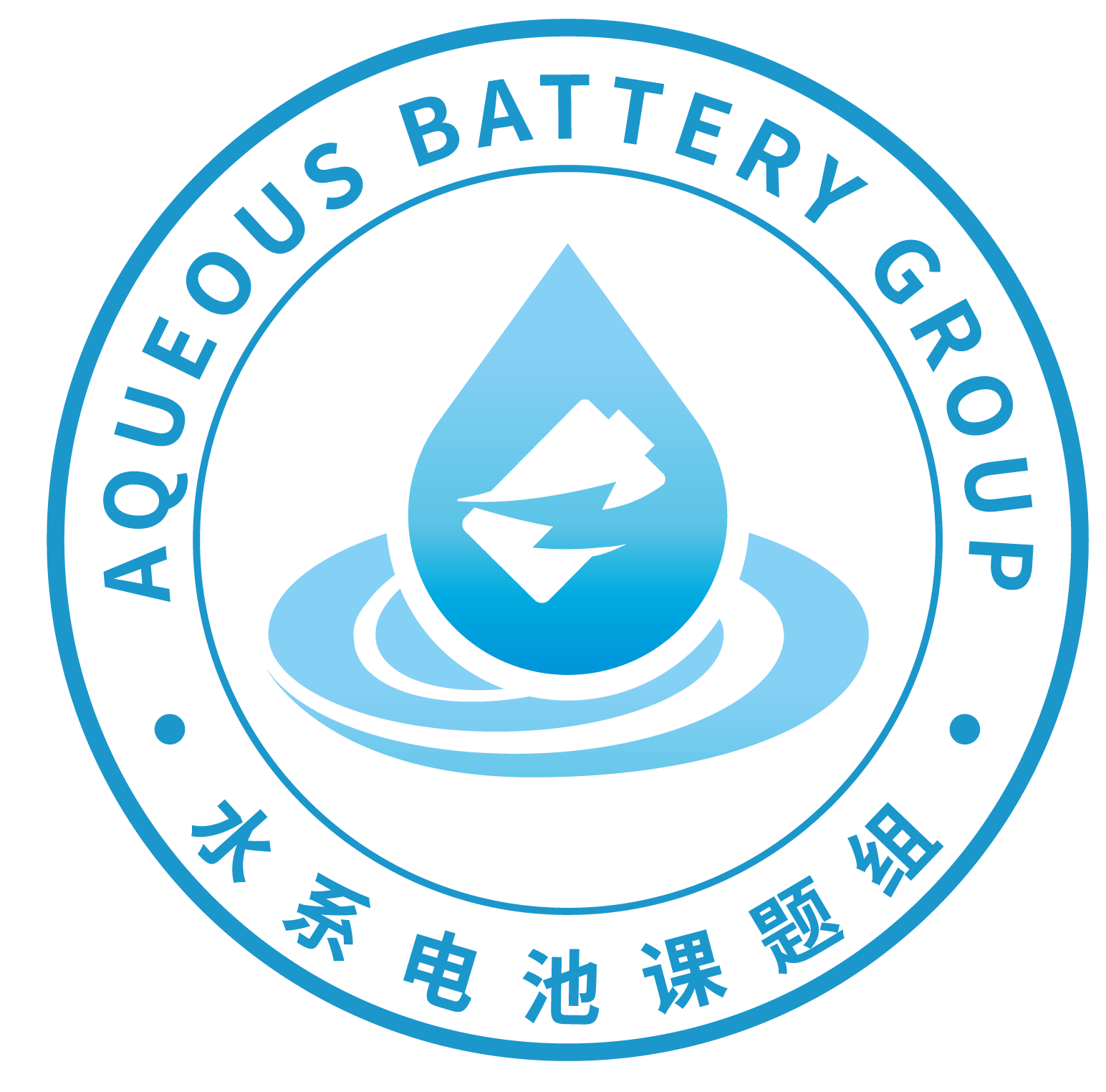

 Research
Research